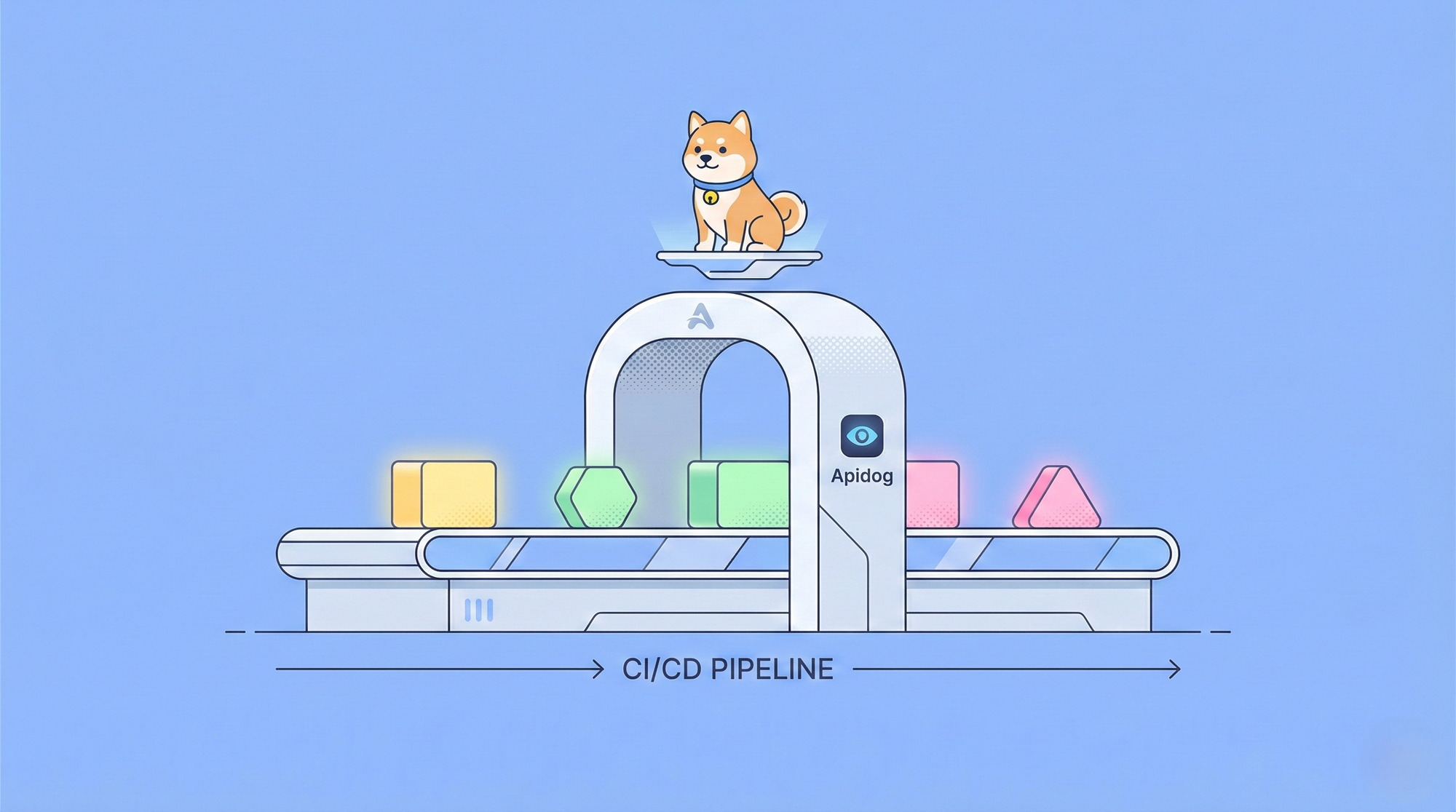In today's AI-driven development landscape, large language models (LLMs) like ChatGPT, Google Gemini, and Claude have become essential tools for developers. However, these AI assistants face a significant challenge when accessing web content: modern websites contain not just readable text but also complex HTML structures, navigation elements, and large amounts of JavaScript code. This "noise" creates two major problems:
- It consumes precious context window space in AI conversations
- It forces users to pay for unnecessary tokens when interacting with AI
To address this challenge, Jeremy Howard of Answer.AI proposed a solution in September 2024: the LLMs.txt standard. This innovative approach suggests that websites should provide content in Markdown format specifically optimized for AI consumption. The standard has two key components:
- Every webpage should offer a Markdown version accessible by adding
.mdto the HTML page URL - Websites should include a
llms.txtfile in their root directory containing links to all Markdown pages and concise information about the site
Think of LLMs.txt as "sitemap.xml for AI" - it's essentially SEO optimization specifically designed for artificial intelligence systems rather than traditional search engines.
The Technical Foundation of LLMs.txt
LLMs.txt addresses a fundamental limitation of large language models: their context windows are too small to process entire websites with all their complex HTML, JavaScript, and CSS. By providing clean, structured Markdown content, websites can help AI systems focus exclusively on the meaningful information.
The standard format for an LLMs.txt file includes:
- An H1 heading with the project or site name (required)
- A blockquote containing a brief summary of the project
- Additional contextual information about the project
- Sections delimited by H2 headers containing lists of URLs where further details are available
This structure allows both humans and machines to easily understand the content organization while enabling AI systems to efficiently process the information.
How LLMs.txt Works and Its Core Benefits
Enabling Precise Documentation Understanding and Analysis
One of the primary benefits of LLMs.txt is its ability to help AI systems understand and analyze documentation with unprecedented precision. By providing structured Markdown content, LLMs.txt eliminates the need for AI to parse complex HTML/JavaScript, resulting in:
- More accurate interpretation of technical documentation
- Better understanding of API specifications and parameters
- Clearer comprehension of tutorials and guides
- Reduced token usage in AI conversations
This precision is particularly valuable for developers working with complex APIs, where misunderstanding even small details can lead to significant implementation errors. With LLMs.txt, AI assistants can provide more reliable guidance based on accurate documentation understanding.
Enhancing Code Generation Based on API Documentation
Perhaps the most powerful application of LLMs.txt is in code generation. When AI systems can accurately understand API definitions, they can generate more precise and reliable code, including:
- Request code that correctly implements API endpoints
- Data models that accurately reflect API schemas
- MVC code that properly integrates with API interfaces
- Test cases that thoroughly validate API interactions
This capability dramatically accelerates development workflows by reducing the manual coding required to implement API integrations. Developers can simply ask their AI assistant to generate the necessary code based on the API documentation, confident that the AI has a clear understanding of the API's structure and requirements.
Apidog Supports LLMs.txt for API Documentation
Apidog has launched full support for the LLMs.txt standard, bringing revolutionary improvements to API documentation accessibility. This feature is enabled by default for all published documentation, requiring no additional setup from users.
LLMs.txt in Apidog — Making API Docs AI-Friendly

With LLMs.txt support, Apidog ensures AI assistants can easily access and understand your API documentation. Here’s what’s included:
- Markdown Format Access: Every API documentation page can be accessed in Markdown format by simply adding
.mdto the URL - One-Click Copy Functionality: Users can copy the Markdown content of any page with a single click
- Automatic LLMs.txt Generation: The system automatically generates a complete LLMs.txt index file for documentation sites
These features ensure that AI assistants can easily access and understand API documentation, whether through direct URL access or by copying content.
Practical Ways to Use Apidog's LLMs.txt Feature
Here are some practical ways to use Apidog’s LLMs.txt feature to enhance your development workflow:
Example 1: Instantly Get Help from AI Tools
You can generate a Markdown version of any API documentation pages by simply adding .md to the URL (e.g., https://apidocs.example.com/users.md). This allows AI tools with browsing capabilities—to instantly access a clean, structured version of the docs for quick reference or explanation.
Example 2: Quickly Feed Docs to AI Assistants
Need help from an AI like ChatGPT or Claude? Instead of summarizing an API yourself, just:
- Click the
Copy pagebutton in Apidog-powered API documentation to grab the Markdown version - Paste it directly into your AI chat
- Then ask something like: "Can you generate a Python request using this API?"
The Real-World Value of LLMs.txt for API Development
Apidog's support for LLMs.txt delivers significant practical benefits for API development:
- Increased Development Speed: Developers can quickly get accurate answers about APIs directly from AI assistants
- Simplified Code Generation: AI can generate high-quality code based on precise API understanding
- Reduced Learning Curve: New team members can rapidly understand and implement APIs with AI guidance
- Enhanced Team Collaboration: All team members have access to consistent API interpretation and usage guidance
These benefits translate directly into faster development cycles, fewer implementation errors, and more efficient team collaboration.
Conclusion: Embracing the Future of AI-Assisted Development
LLMs.txt represents a significant step forward in optimizing web content for AI consumption. By providing structured Markdown content, it addresses the fundamental challenges that AI systems face when processing complex web pages, enabling more accurate understanding and more efficient token usage.
Apidog's comprehensive support for LLMs.txt transforms how developers interact with API documentation through AI assistants. By making documentation AI-friendly, Apidog enables developers to leverage AI for faster, more accurate API implementation, code generation, and problem-solving.
As AI continues to play an increasingly central role in software development, LLMs.txt will become an essential bridge between documentation and AI assistants, helping developers maximize the benefits of AI-assisted development.
Start using Apidog's LLMs.txt feature today to make your API documentation AI-friendly and bring a new level of efficiency to your development workflow. In the rapidly evolving landscape of AI-assisted development, staying ahead means embracing tools that optimize for both human and AI consumption – and Apidog's LLMs.txt support does exactly that.



